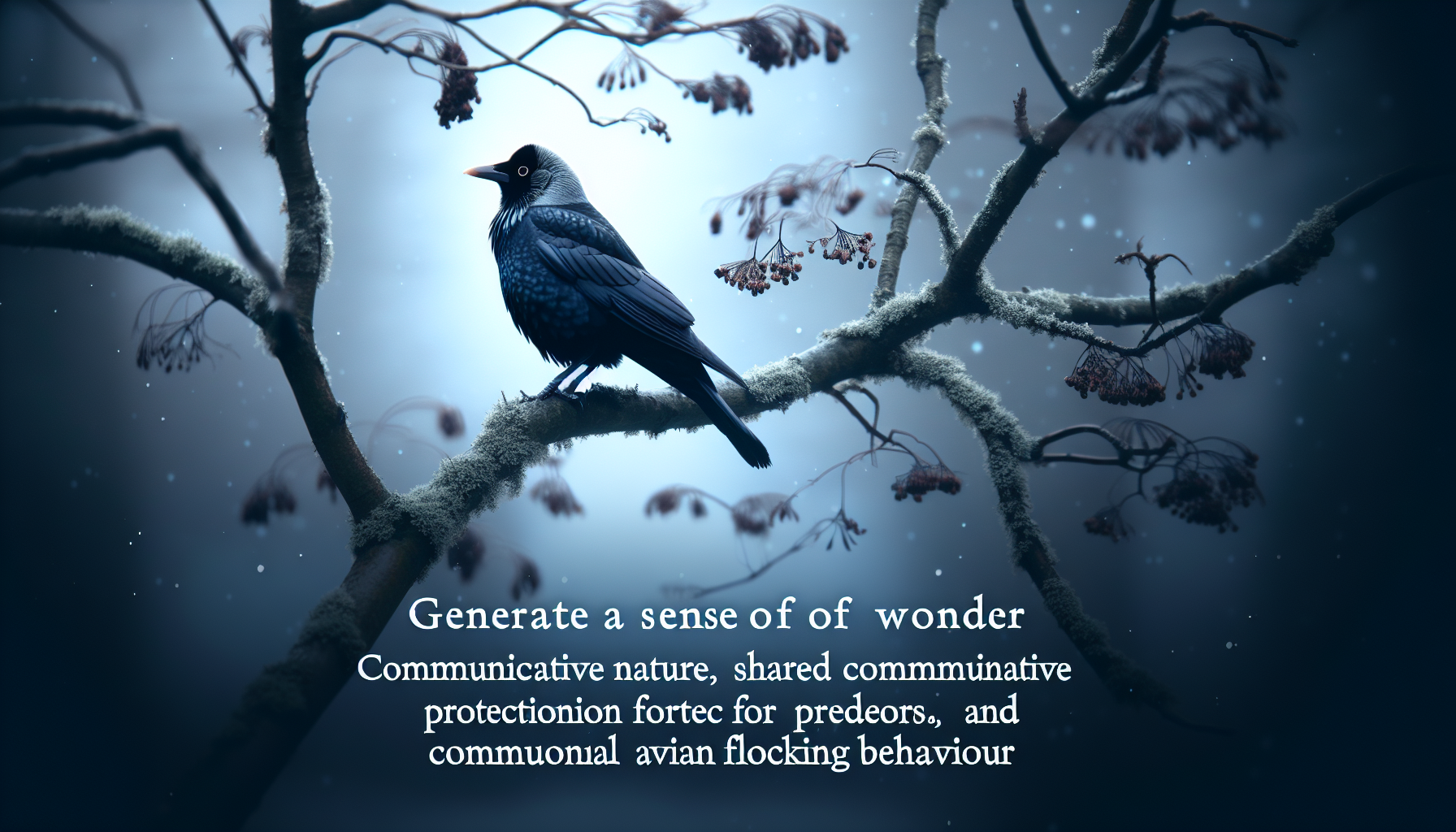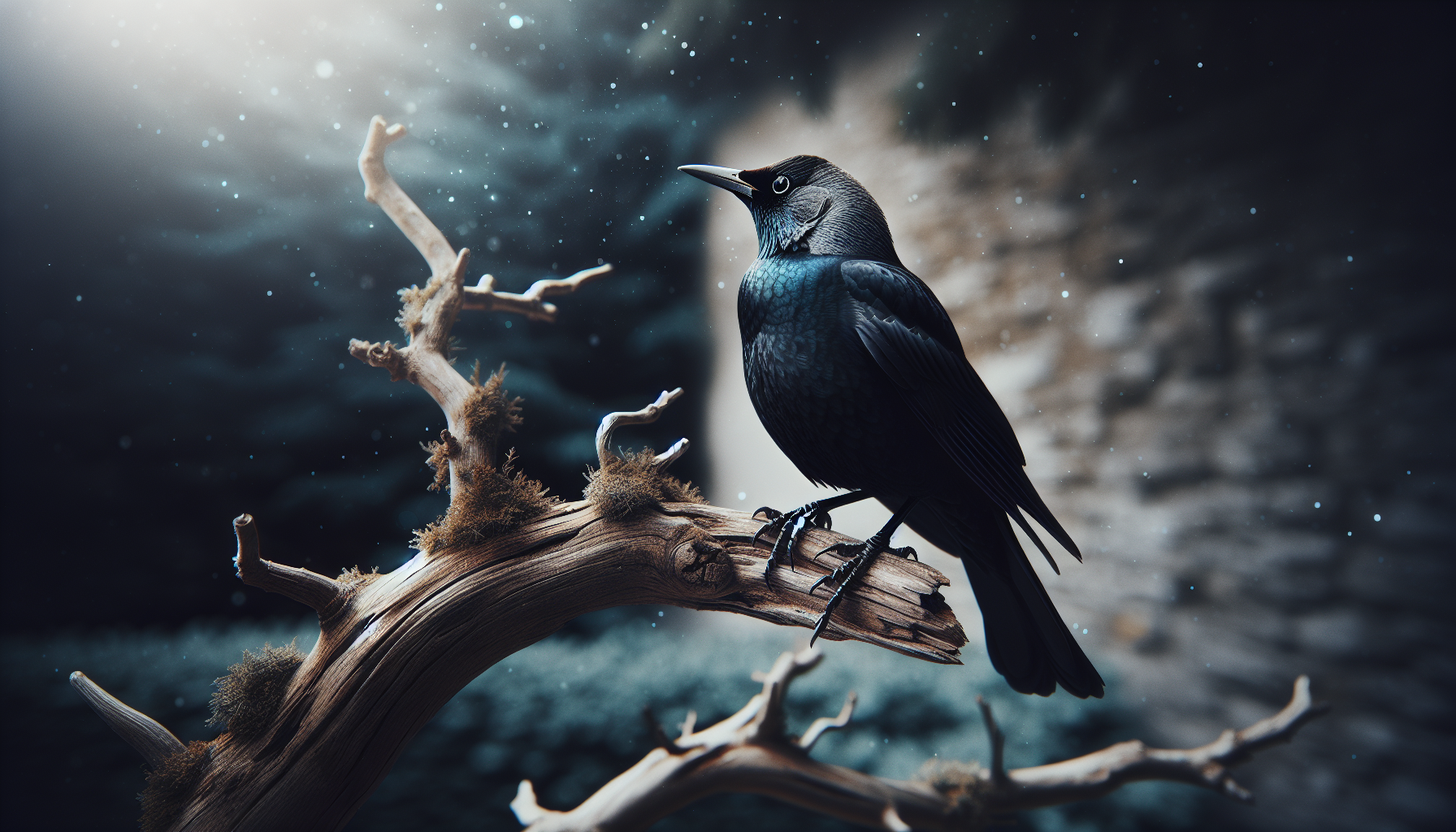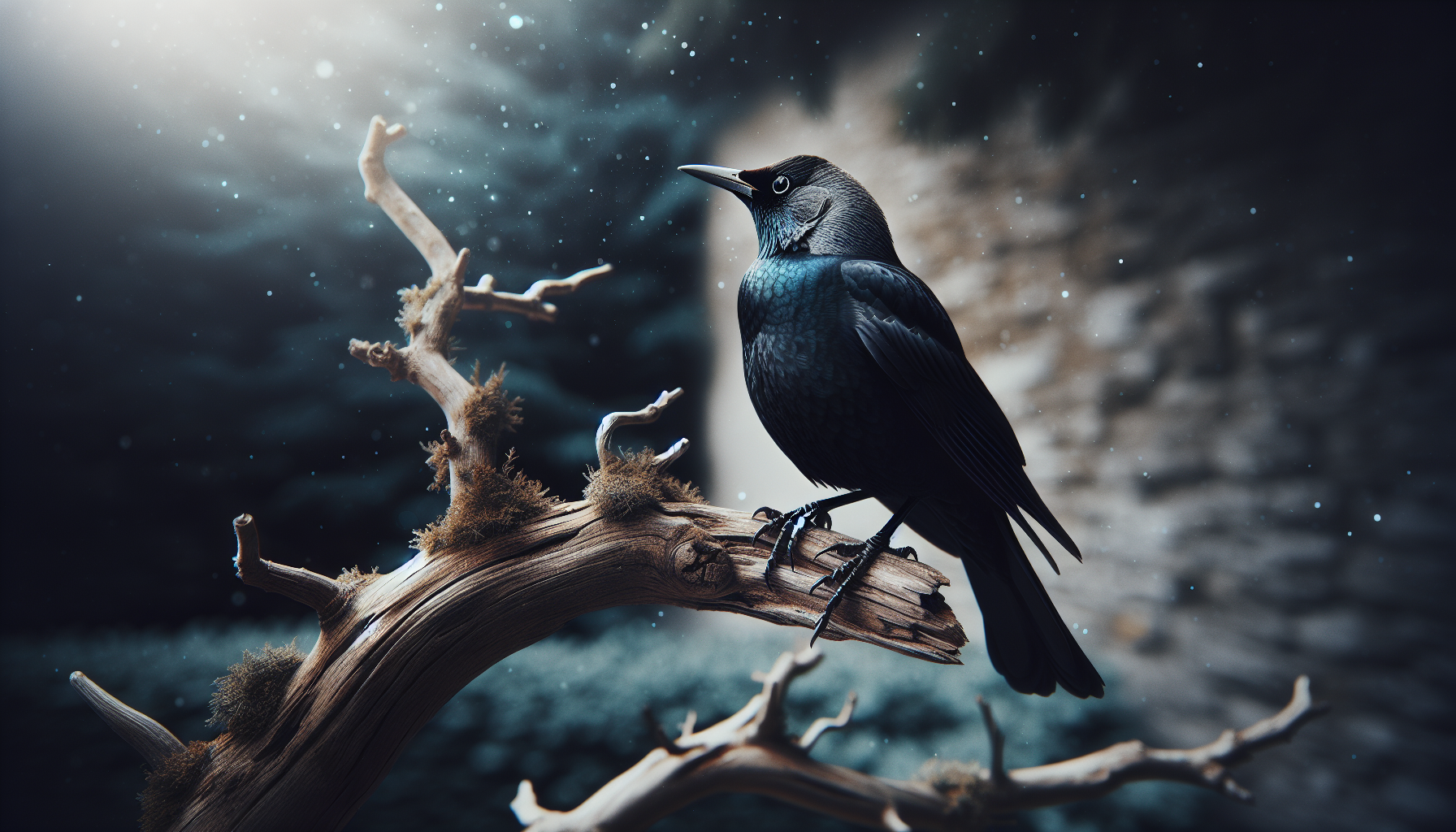Imagine stepping outside into your yard, only to find it filled with a mesmerizing display of blackbirds. Their calls filling the air as they create intricate patterns in the sky. But have you ever wondered why these graceful creatures choose your yard to flock in? In this article, we will explore the fascinating reasons behind the presence of blackbirds in your yard, uncovering the secrets of their flocking behavior and shedding light on their connection with their surroundings. Get ready to unravel the mystery behind the captivating phenomena of blackbird flocks and gain a deeper appreciation for the natural world around you.
Why Do Blackbirds Flock In My Yard?

Overview of Blackbirds
Blackbirds, a type of songbird, are known for their distinctive black plumage and melodic calls. They belong to the family Icteridae, which includes species such as red-winged blackbirds, common grackles, and European starlings. Blackbirds are widely distributed across the world, inhabiting a range of environments, from urban areas to wetlands and forests. While they may be notorious for their noisy flocks, there are numerous reasons why blackbirds gather in yards and gardens.
Characteristics of Blackbirds
Blackbirds vary in size and appearance depending on the species. They typically have long, pointed bills designed for probing the ground and trees for food. Male blackbirds are often larger and more colorful than females, with bright yellow eyes and iridescent feathers. Females, on the other hand, tend to have duller plumage for better camouflage during nesting. Blackbirds are highly adaptable and can be found in diverse habitats, which contributes to their ability to thrive in human-populated areas.
Reasons for Flocking
One of the primary reasons why blackbirds flock in yards is for safety and protection. By forming large groups, they can effectively deter predators, increasing their chances of survival. Moreover, blackbirds flocking together can improve their collective foraging abilities, as they can locate and exploit food sources more efficiently. Flocking also provides them with social interaction, which plays a crucial role in their behavior and breeding patterns.

Foraging Behavior
Blackbirds are omnivorous and have a varied diet. They feed on fruits, berries, seeds, insects, and invertebrates found in lawns and gardens. Their strong bills enable them to search for food in soil and leaf litter, and they also have the ability to extract insects from tree bark. By foraging in groups, blackbirds can share information about food sources and reduce the time and energy spent on finding their next meal.
Social Interaction
In addition to the practical benefits of foraging together, blackbirds also find comfort and companionship in flocking. They are highly social creatures, and forming groups allows them to establish hierarchies, communicate with one another using various calls and vocalizations, and engage in courtship displays. Flocking behavior is especially prominent during the non-breeding season when blackbirds gather in large numbers, often roosting together in trees or reedbeds.
Predator Protection
Blackbirds are vulnerable to both avian and mammalian predators. By flocking together, they enhance their safety through collective vigilance. With multiple individuals on the lookout, they can detect and alert others to potential threats, making it harder for predators to approach unnoticed. Additionally, when predators are spotted, blackbirds often exhibit mobbing behavior, where they target and harass the intruder until it retreats. This coordinated defense mechanism further reduces the risk of predation.
Environmental Factors
The availability of suitable habitats, food sources, and water plays a significant role in attracting blackbirds to your yard. If your yard provides water sources like birdbaths or ponds, it can become an attractive destination for blackbirds, especially during dry periods. Planting native trees and shrubs that produce fruits or berries can also encourage these birds to visit when seeking food. Providing cover such as hedges or dense vegetation can create a safe haven for blackbirds as well.
Nesting and Breeding
Blackbirds typically breed during the spring and summer months. While they may not nest directly in yards, they often choose nearby locations where suitable nesting spots are available. Yards with dense vegetation, including bushes and trees, can serve as nesting sites for these birds. Females construct cup-shaped nests using materials such as grass, twigs, and mud. Once the nest is built, females lay their eggs and both parents take turns incubating them. Flocking behavior can also aid in successful breeding, as males within the group compete for the attention of potential mates.
Migration Patterns
Migration patterns vary among blackbird species. Some species, like the red-winged blackbird, exhibit long-distance migration, flying hundreds or even thousands of miles to their breeding grounds. Others, such as European starlings, may only undertake partial migrations or remain in their breeding areas year-round. While migratory blackbirds may pass through your yard during their journey, the presence of food and suitable roosting sites can influence their decision to stop and rest in the area.
Human Influence on Blackbird Flocks
The presence of humans can have both positive and negative impacts on blackbird flocks. Urbanization and habitat modification have created new foraging opportunities for these birds, leading to an increase in blackbird populations in human-populated areas. Additionally, providing food sources like bird feeders can attract blackbirds to your yard, allowing you to observe their interesting behavior up close. However, human activities can also pose risks, such as the use of pesticides and the destruction of natural habitats. It is important to strike a balance between actively creating a welcoming environment for blackbirds and preserving their natural habitats.
In conclusion, blackbirds flock in yards for various reasons, including safety, foraging benefits, and social interaction. Understanding their behavior and needs can help you create a bird-friendly environment that not only attracts blackbirds but also supports their continued presence in your yard. Enjoy the melodious songs, fascinating behaviors, and unique beauty that blackbirds bring to your outdoor space.

My name is Shane Warren, the author behind Your Bird Buddy – your ultimate guide to the wonderful world of birds! Unleash your inner avian explorer as we delve into a vibrant library of knowledge dedicated to all things feathered. From learning about diverse bird species from across the globe to understanding their captivating habitats and behaviors, I’m here to fuel your passion for these magnificent creatures. Not only that, but I also provide valuable insights on being a responsible and informed pet bird owner. Join our vibrant community and let’s celebrate the feathered wonders of the world together – one chirp at a time. And be sure to join our Your Bird Buddy Community over on Facebook!


Comments are closed